Let's define an arc and a line:
Arc:
- xa=X-coordinate
- ya=Y-coordinate
- a1=starting angle (smaller angle)
- a2=ending angle (greater angle)
- r=radius
Line:
- x1=first X-coordinate
- x2=second X-coordinate
- y1=first Y-coordinate
- y1=second Y-coordinate
From that you can calculate:
- dx=x2-x1
- dy=y2-y1
- al=arctan(dy/dx) (Angle of the line)
The arc and the line won't intersect when al < a1 or al > a2 or, in other words, the angle of the line isn't between the angles of the arc.
The equations for an intersection are as follows:
- xa+rcos(al)=x1+cdx
- ya+rsin(al)=y1+cdy
where c (0 < c <= 1)is the variable we're looking for. Specifically:
- (xa+r * cos(al)-x1)/dx=c
- (ya+r * sin(al)-y1)/dy=c
The intersection point is therefore at (x1+c * dx),(y1+c * dy)
This algorithm only works when the arc and the line have one single intersection. If the line goes through the arc two times then it won't register any intersection.
